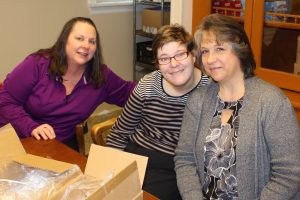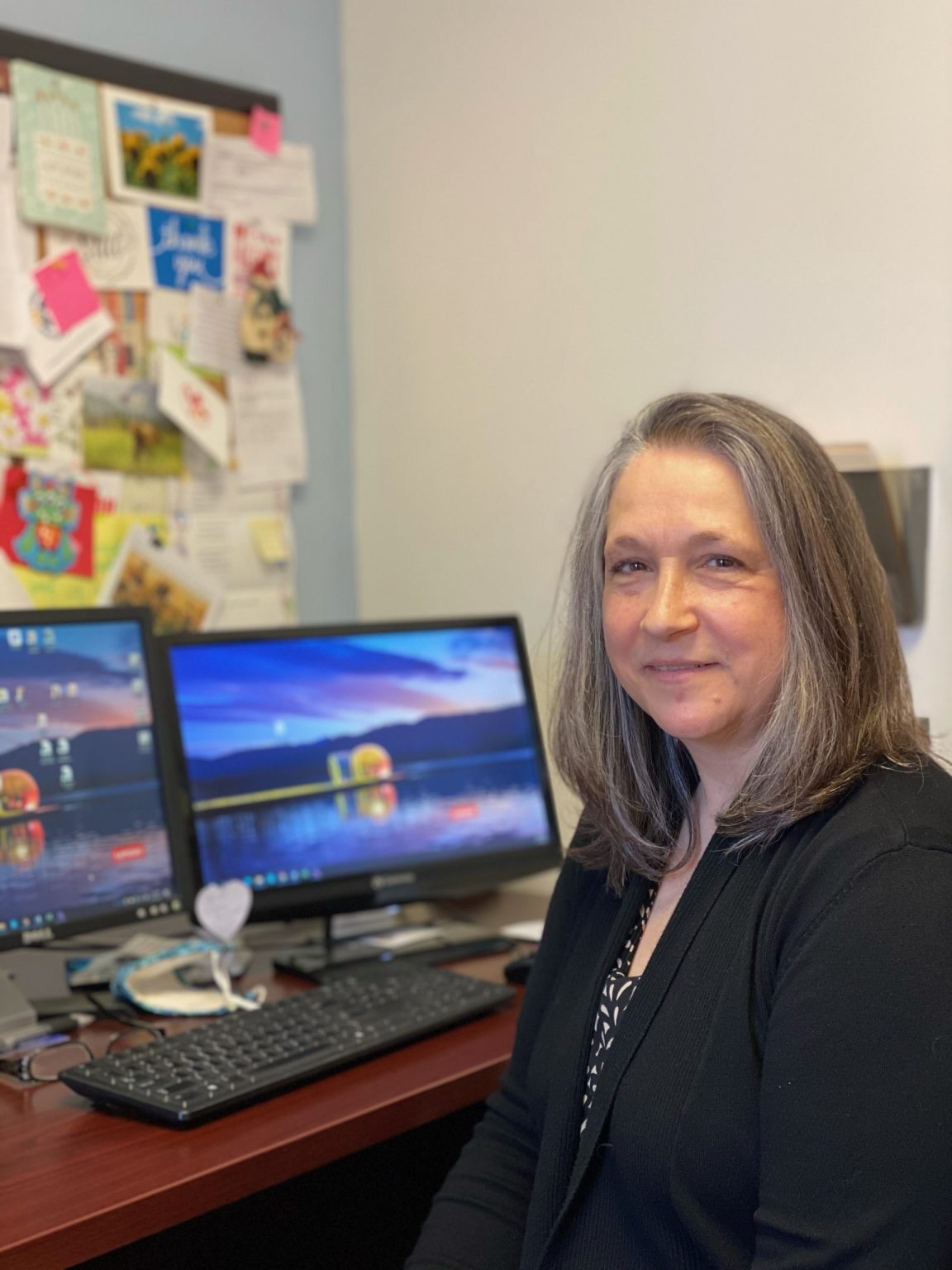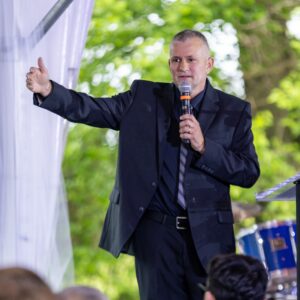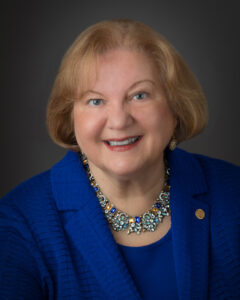 At the Frederick Rescue Mission, over 500 individuals volunteered their time in 2020. They served 11,420 hours in multiple departments and the estimated value of their work was $290,410. This is impressive, especially considering the impact of COVID. The inestimable value of our volunteers in serving the community is more evident than ever.
At the Frederick Rescue Mission, over 500 individuals volunteered their time in 2020. They served 11,420 hours in multiple departments and the estimated value of their work was $290,410. This is impressive, especially considering the impact of COVID. The inestimable value of our volunteers in serving the community is more evident than ever.
In prior years at the Mission, we had between 40-50 volunteers a day showing up as early as 6:00 am to help prepare and serve breakfast. The last volunteers would come in at to 6:00 pm to lead recovery classes for the men in our Changed Life Recovery Program and for women at Faith House. The halls in our buildings and offices in our departments were always humming with volunteers, who came here to help serve the community. They would come as individuals, families, civic and social groups, students, churches, and youth groups – even those experiencing homelessness would volunteer. People from all walks of life would come for various reasons.
As the volunteer coordinator at the Mission it has been my pleasure to meet people as they come to serve. It is interesting to talk with people and discover the reason for their decision to volunteer at the Mission. According to research by Snyder, Omoto and their colleagues who surveyed volunteers that did all kinds of community work, there are five primary motivations for volunteering:
- Values: volunteering to satisfy personal values or humanitarian concerns. For some people this can have a religious component.
- Community concern: volunteering to help a particular community, such as a neighborhood or ethnic group, to which you feel attached.
- Esteem enhancement: volunteering to feel better about yourself or escape other pressures.
- Understanding: volunteering to gain a better understanding of other people, cultures or places.
- Personal development: volunteering to challenge yourself, meet new people and make new friends, or further your career.
[Omoto, A., & Snyder, S. (2002). Considerations of community: The context and process of volunteerism. The American Behavioral Scientist, 45, 846–867]

But for whatever reason people volunteer, the wonderful adjunct that I have seen over the years is in the relationships that have developed between people. When people volunteer, there is the potential to create community within the bounds of serving others. This dynamic is how lives are changed. Volunteers are the heart of the Mission – they touch lives with active compassion, engaging conversations, skills, and resources that lead to change. We have many programs to assist people in need, but volunteers put the serving in our services.
At the Frederick Rescue Mission, I have often said we could not do what we do without our volunteers. What we have learned this past year is that with limited help from volunteers we can continue to provide services like hot meals 365 day a year, more than 3.5 million pounds of food to families in a year, clothing to those in need, and recovery services to people struggling with substance use disorder. These are services that meet the needs of our community in crisis. But what also became evident is that volunteers do so much more than the tasks that they sign up for. It is in the personal connections with the community, residents of our Change of Life Recovery Program, Faith House, and other volunteers that we see the greatest impact in helping people change their lives. Volunteers are the driving force that make the Mission a haven of hope in our community.




